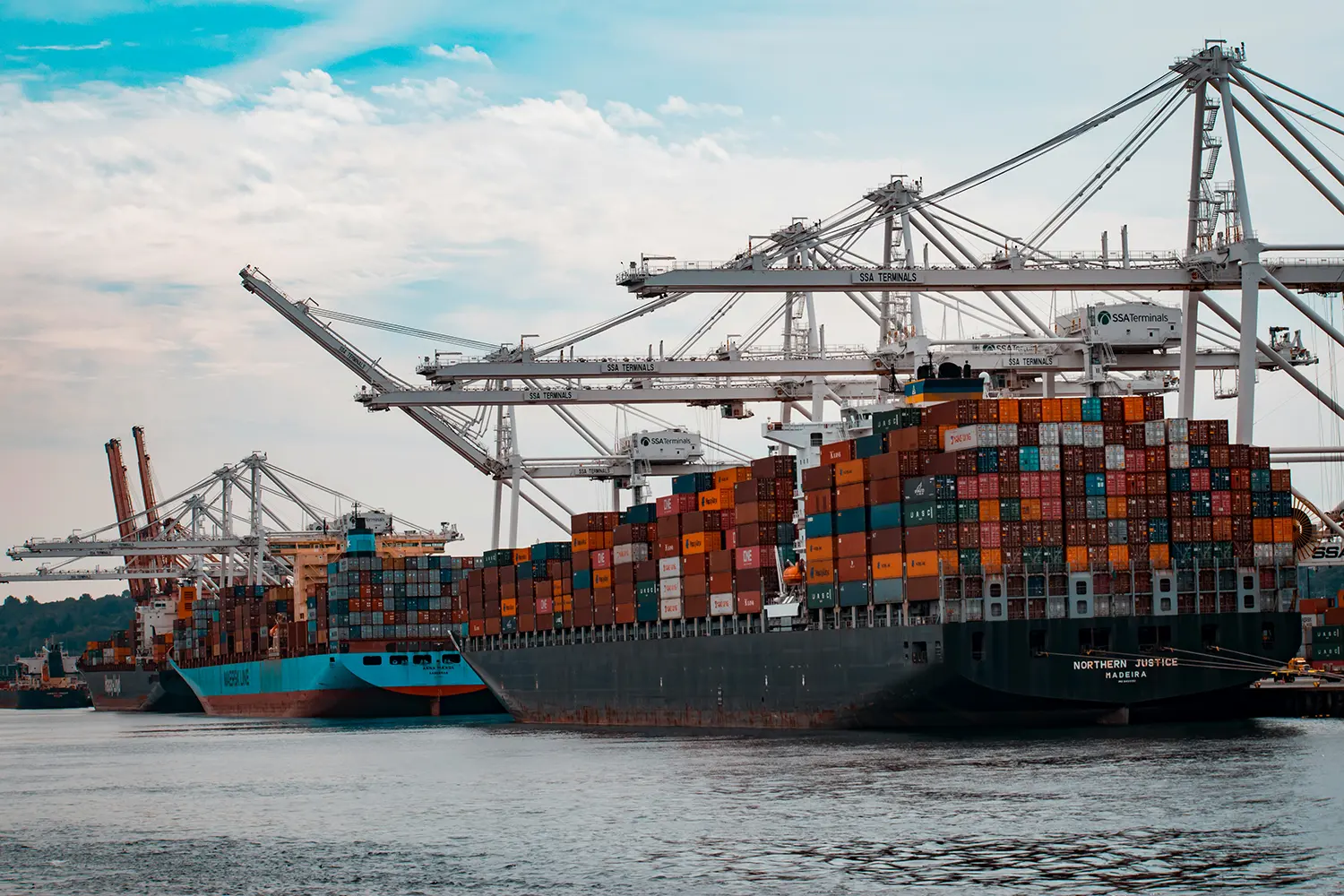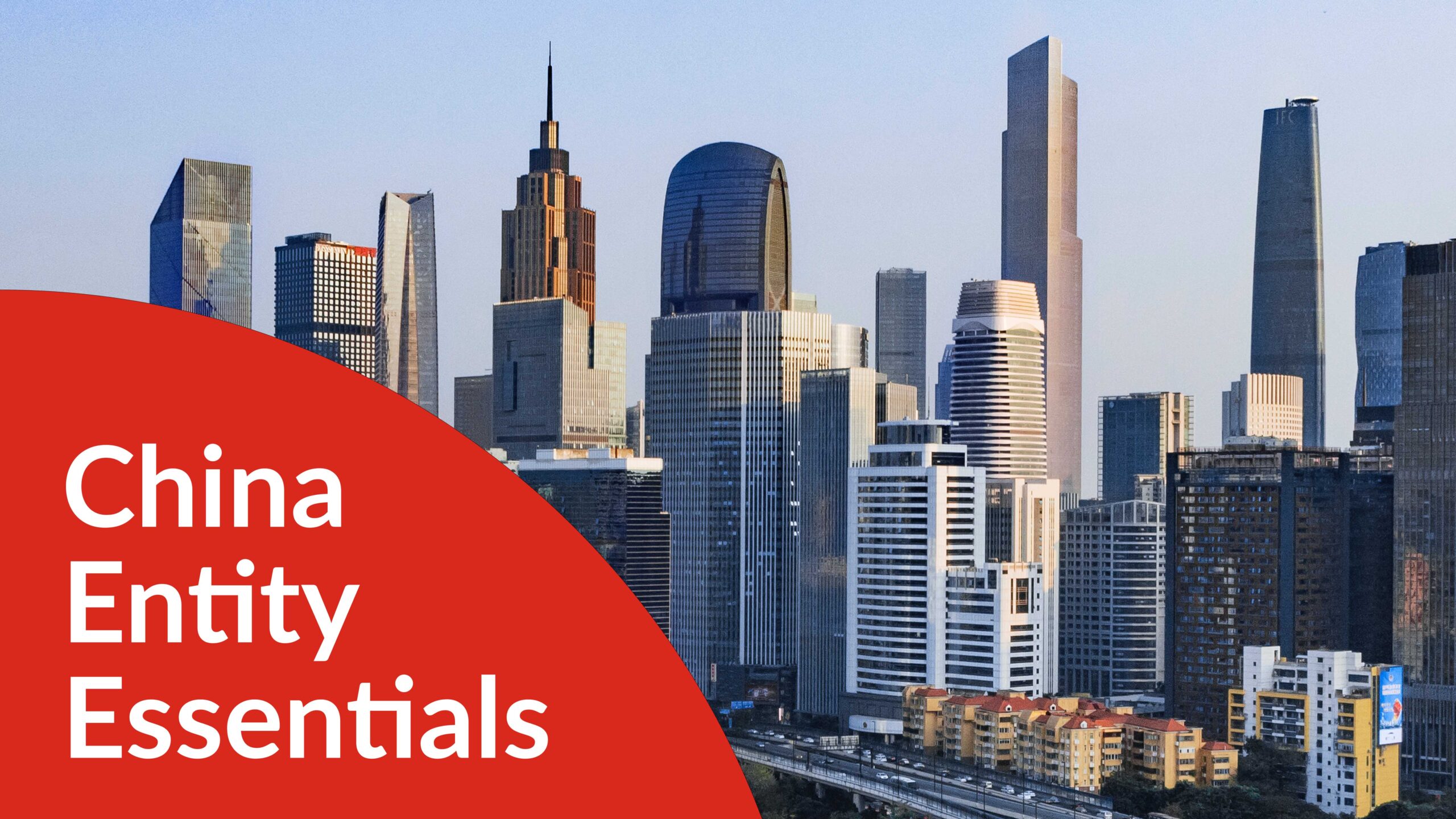The Next China Is China: How often have you heard that in recent months? The conversation around decoupling has resurfaced since the “two sessions” concluded in Beijing and amid an increasingly bipartisan stance on China in the U.S.
Major political and economic forces are at play, but it’s easy to get caught up in the drama, most of which is designed to create headlines and fill news feeds.
So, what messages are we picking up on the ground as a supply chain-focused employer-of-record company in China?
The situation is nuanced and complex. Variables such as industry, company size and key target markets can generate contradictory assertions. At this time, it’s crucial to have a supply chain plan tailored to your business and not be swayed by stories from different industries under different circumstances.
This article highlights some key drivers influencing companies’ decisions to move production out of China or stay put.
Economic Motivation
There is economic motivation for certain industries and market players to move production out of China. If your main market is the U.S., many goods will be subject to tariffs of up to 25%. For industries such as furniture, it may make economic sense to shift some production to markets like Vietnam. Furniture has a simple manufacturing process with a limited bill of materials but can be quite labour-intensive. Therefore, it’s a production process that could move out of China with a limited cost increase and relief from the U.S. import tariffs.
Labour costs are another factor having a particular impact on the textile industry. Many large garment factories have already left China for countries like India and Bangladesh in search of cheaper labour.
However, cost implications also are keeping some companies in China. While manufacturing may be subject to tariffs and increasing labour costs, the advanced logistics networks, production efficiency and depth of China’s supply chain give the country a distinct cost-saving advantage.
One example is the manufacturing of tools and DIY equipment. Kinyu understands that a move out of China would increase costs by 10-15%. Another company looked at the feasibility of moving manufacturing to Mexico, with the result being nearly six times more expensive than China.
Getting a product made in China is extremely efficient. The engineering talent and resources available allow companies to develop products with cost and time targets that wouldn’t be viable in other countries.
Therefore, economic drivers aren’t a straightforward push-and-pull factor. It might make sense for garment and furniture companies selling to the U.S. market, but not for power tools and electronics companies.
The key questions to ask are:
- Which industry am I in – does my product have a simple manufacturing process, and is it labour-intensive?
- Where are my key target markets?
- Can I get the same level of development, product customisation and component supply in another country?
Concentration Risk Management Motivation
The world is still grappling with the social and economic impacts of the COVID-19 pandemic, and this is particularly true for supply chains. Many businesses found out the hard way that relying on one country for critical supplies is risky business. China has been the world’s factory for many years, yet the strict implementation of the zero-COVID policy led to major port closures, roadblocks and factory disruptions. This caused container prices to rocket, supply shortages and fueled the rise of global inflation.
Many businesses are exploring alternative countries as part of managing concentration risk with China. The most prominent example is Apple, which is working with key suppliers to invest billions of dollars into setting up supply chains in India.
However, it’s important to note that this is a diversification strategy and not necessarily politically or economically motivated. This was supported by Apple CEO Tim Cook’s recent trip to China, where he highlighted that “no supply chain is more critical than China.”
A diversification strategy is sensible, and it’s widely agreed that businesses have relied too heavily on China as a single country for manufacturing products. Building separate supply chains and putting 10-20% of business through this supply chain regardless of cost can improve supply chain resilience.
However, such a strategy may not be viable for a small- or medium-sized enterprise due to increased costs. So, it depends on operations and wider stakeholder concerns about sourcing from one country.
Political Motivation
Bilateral relationships between China and Western economies have been under strain in recent years. Onshoring or “friend-shoring” policies are an established feature of U.S. trade policy. This has put pressure on some firms to move supply chains out of China and adopt “friend-shoring,” whereby manufacturing is moved to countries with better-aligned cultural and business values. This has also been referred to as “de-risking.”
This approach is related to the risk management driver discussed above. However, it goes one step further, where actions are taken by multinational corporations to placate major stakeholders regardless of the perceived level of risk.
Key questions are:
- Is there a considerable reputational risk to my organization if I continue manufacturing in China?
- Is the political risk in the proposed new country offset by the perceived decreased risk of moving away from China?
- Are the manufacturing facilities in the proposed new country also owned by Chinese entities?
Environmental Motivation
As more companies face pressure to improve environmental transparency, reduce waste and minimize carbon emissions, China is seen by some as the elephant in the room, particularly with its involvement in supply chains. Research carried out by packaging specialists Nefab has highlighted that 20% of CO2 in supply chains is emitted during transportation.
Regionalization of supply chains and nearshoring are efforts companies are making to reduce their carbon footprint.
However, China can claim some of the strongest developments in reducing carbon emissions within supply chains. Although China is the world’s largest polluter, its emissions per capita are lower than those of the U.S. and Canada. The central control of industrial policy also puts China in a strong position to influence the implementation of emission-cutting strategies – a key example is the development of electric vehicles, which are now being used for domestic freight trucking.
A fragmented supply chain may lead to more challenges in cutting these emissions or possibly just moving them to another part of the operation. For example, assembly in Mexico may make transportation to the U.S. more environmentally friendly, but if all components are shipped from China, then it may just be shifting the emissions to a different part of the supply chain.
If improving the carbon footprint is a key motivating factor, it’s important to first map out where the bulk of emissions are taking place. Working capital specialist Daniel Cooper, who is collaborating with global garment retailers to map out supply chain carbon emissions, explains: “In a recent analysis of the supply chain to make at-shirt, we found that replacing the type of fuel used to process the cotton had a much greater impact on CO2 reduction than nearshoring key locations.”
Therefore, in some cases, environmental reasons can be just as much a reason to remain manufacturing in China as to relocate. More attention needs to be paid to how investing in equipment and raw materials can improve a product’s carbon footprint, in addition to changing geography.
Key questions are:
- Where in my supply chain is CO2 emitted?
- If I move production to another factory or country, what impact will this have on the total amount of CO2 emitted?
- Do I understand enough about my supply chain today to make it fit for purpose in the future for my 2030 or 2050 ESG goals?
Is Diversification Something I Should Seriously Consider?
To summarize, diversification has many motivating factors. In many cases, it’s a strategy adopted by multinational companies after conducting their own feasibility studies.
Diversification is just one of many possible answers for improving the efficiency and resilience of supply chains. It’s important to invest time in understanding your own supply chain better in order to make more informed decisions about diversification, rather than relying on the actions of others.
China will remain a critical part of many industry supply chains for years to come, as highlighted at the beginning – “The Next China Is China.”
How Does The China Desk Support Diversification?
Kinyu SCM is working with companies that have already decided to diversify out of China. Instead of having a hub in China, some companies are looking for a split presence on the ground in multiple countries.
With Kinyu SCM, companies can close down their sourcing entities in China and onboard their key project personnel onto The China Desk. They can then hire project personnel in other ASEAN supply markets, creating a multi-location team, all connected by Kinyu. You can download this free PDF to learn more!
Kinyu is offering a free feasibility study to see if companies are over-resourced in China and whether they can save money by closing their entity. Those interested in reviewing their entity structure’s eligibility can schedule a call with Kinyu’s team.



